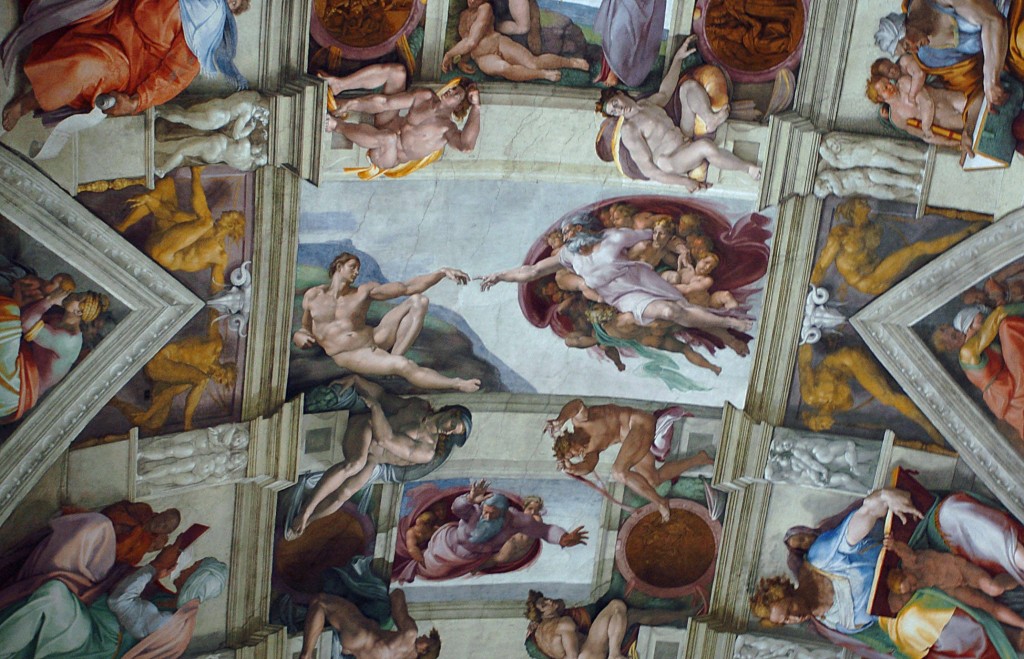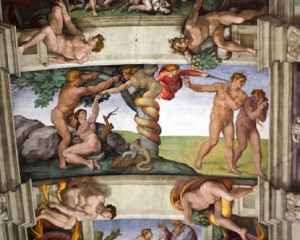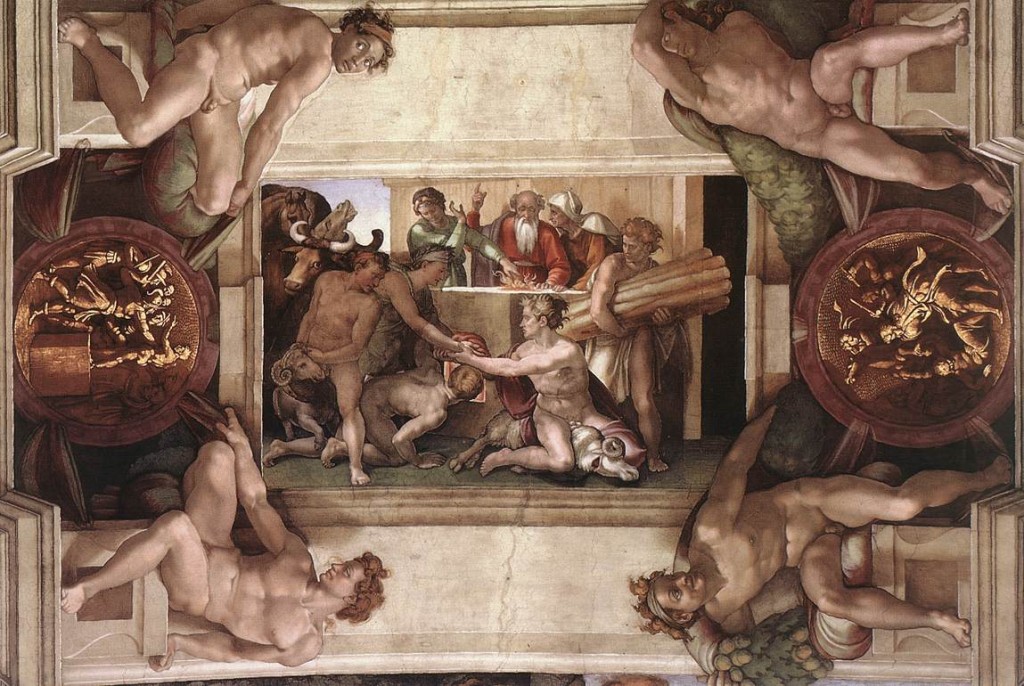 At some point, if we’re smart enough and responsible enough to make the sacrifice, we have to stop being consumers of art and start being conservators.
At some point, if we’re smart enough and responsible enough to make the sacrifice, we have to stop being consumers of art and start being conservators.
And it is indeed a sacrifice. The art that demands our protection is not coincidentally the most beautiful, the most culturally important, and always the most vulnerable.
We might have to say goodbye, if only for awhile, if only for far too long, to Michelangelo’s Sistine Chapel frescoes. The Vatican Museums, overseers of publicly displayed art in the Holy See, announced this week that accelerating deterioration of the 16th-century masterpieces might force a drastic curtailing of the number of visitors permitted entry to the Sistine. The vast, interconnected paint-on-plaster adornment of the ceiling and vaultwork, created by Michelangelo Buonarroti between 1508 and 1512 (with further work completed between 1535 and 1541), now suffers from heat, humidity, and carbon dioxide exhaled by the 20,000 visitors the Sistine receives every day. To halt the damage, and to ensure that Michelangelo’s stunning opus endures, the Vatican is considering an indefinite pause to regular Sistine tours.
 Which somehow feels like a punch in the gut. I’ve
Which somehow feels like a punch in the gut. I’ve  never been near the Vatican, never seriously considered going there…but the frescoes have always figured quite prominently on my personal list of most admired artwork.
never been near the Vatican, never seriously considered going there…but the frescoes have always figured quite prominently on my personal list of most admired artwork.
And now I learn I’ll likely never enjoy them in person, craning my neck in awe the way Michelangelo intended. It’s heartbreaking.
But it’s also the responsible sort of sacrifice I spoke of above. It’s the inter-generational generosity that’s so lacking in almost every other sphere of life. So even as we squander the resources and spoil the planet that others will inherit, we might also follow a higher calling that prompts us to conserve something, anything, and maybe even the best things. The best things that history and art and culture have bequeathed.
In so doing we’re recognizing, perhaps even embracing, our role as caretaker. The frescoes were never ours, were they? There were just placed before us, or more accurately above us, with the expectation that we would pass them on in the same condition in which we received them.
What we have here, then, is both a compelling reality and an impelling metaphor. The reality is that we’re hurting Michelangelo’s frescoes. Destroying them, actually. And that can’t be. So we must do what’s right. We must shut them away.
And the metaphor applies that lesson, that shared and noble sacrifice, to a much larger canvas. Can we save our whole world, can we secure a livable future, for the generations to come? We can, but not easily. If voluntarily closing the Sistine is painful, then the sacrifices necessary to preserve and protect an entire planet and its myriad vibrant populations and cultures might just be too much for us. We’ve seen very little evidence that most of us, perhaps any of us, have the stomach for it.
And yet…
Michelangelo Buonarroti laid on his back, perilously high on creaky wooden scaffolding, and by candlelight he created scenes and images of unbelievable beauty and majesty. We treasure those images because they remind us of what our species is capable of. Against all reason to the contrary, that has to give us hope.
